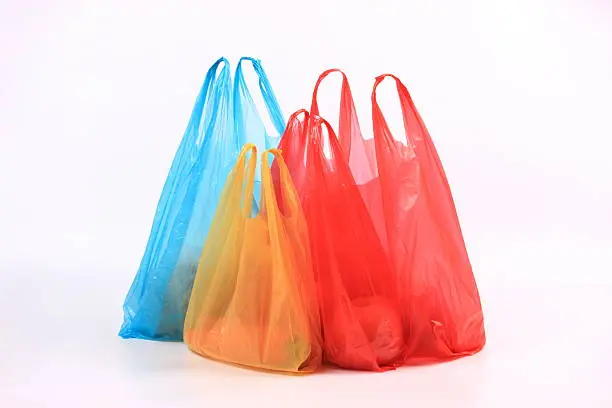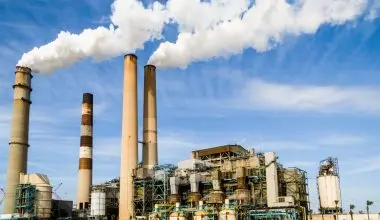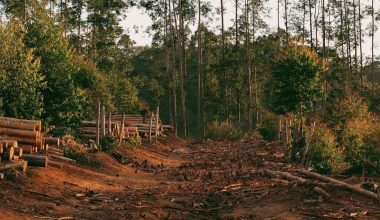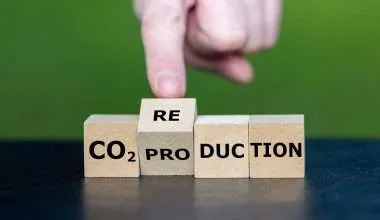Table of Contents Show
Plastic bags are used by all of us extensively for carrying goods from a supermarket or just to take out the trash. Plastic bags have a very important role in our society and thus also demands to be environmental friendly and hence, the manufacturing of plastic bags and its proper disposal is crucial.
Sten Gustaf Thulin invented plastic bags in 1959 as an environment-friendly alternative to paper bags being used at the time.
Here we will explain you the manufacturing process along with each and every step that takes place in making a plastic bag.
Did you know? 5 Trillion Plastic Bags are made each year!
What are Plastic Bags made of?
Plastic bags are made of Polyethylene that is either low density or high density Polyethylene or sometimes, a combination of both.
Polyethylene is a constituent of petroleum products (crude oil and natural gas) and is separated through the process of fractional distillation. Petroleum is extracted from the earth by drilling deep and extracting unrefined crude oil which is then separated accordingly.
How are Plastic bags Made?
Whenever holding plastic bags, a thought of how plastic bags are made often comes to mind. Hence, I thought of writing a piece on manufacturing process of plastic bags. My goal here is to tell you about the plastic bag manufacturing process in the most simplified manner possible.
Plastic bags are formed through a process called “Blown Film Extrusion”.
1. Mixing
Various densities of polyethylene are mixed together to form a homogeneous mixture consisting of low density and high density polyethylene. These are usually in the form of plastic beads.
2. Melting
The mixture is then melted in an extruder which melts the polyethylene around temperatures of 350-500ᵒC.
3. Pumping air
This produces a film of plastic (polyethylene) in a shape of a tube as air is being pumped vertically through it.
4. Pass through rollers
Slowly the plastic tube is cooled down and rolled into sheets by multiple rollers that will eventually form the plastic bags.
5. Heat-seal and cutting
After sheets pass through the rollers, the bags are made by heat sealing and cutting the rolls of film. The machine that does this heat sealing and cutting does its job according to the measurements installed to draw out the required length of one plastic bag.
So if it’s small plastic bags, the machine cycle speeds can go as high as 70,000 bags per hour, but in cases of large polyethylene bags it can go as slow as 200 bags in an hour!
Custom Requirements
The plastic bag is finally made when two sheets of plastic are pressed together according to the desired shape, size and diameter. At this stage various customization of the plastic bag can be achieved according to the desire of the purchaser or the type of use that bag is intended for.
6. How do companies print plastic bags?
Most of the plastic bags requiring printing of various brands on them. Various colors dyes are used to add color and tint to the plastic bags, these dyes may be a potential toxin for the marine organisms. However, the trends have shifted towards more eco-friendly alcohol inks. Once printing has been done the product is sent for finishing.
When talking about plastic bags, you often hear about the effects of plastic bags on the environment. Hence, I wanted to briefly touch that topic as well. You can read further about this topic on This Page.
Effects of Plastic Bags on the Environment
The thing with plastic bags is that they break down rather than biodegrade, and even that over a 1000 years. Petroleum products used in plastic bags are not degrading at a desirable rate. This has the greatest impact on the marine populations and marine environment of our planet.
The aquatic organisms may mistakenly, or as a potential source of food, eat these small pieces of ‘micro-plastic’ waiting to degrade, leading to a detrimental impact on their health and habitat. Plastic can significantly alter the rate and reproductive cycle of marine animals. The death of aquatic wildlife has increased proportionally as the production of plastic bags has increased.
So, How can we reduce the use of plastic bags?
The first thing is that we should try to recover all the plastic disposed and recycle them to prevent pollution.
The plastic can be brought back to its original molecular state that it was before it was converted to a commercial product through the process of pyrolysis. Pyrolysis is a process in which an oxygen deprived chamber is heated to bring the plastic back to its pure molecular form.
The process of blown film itself is very environmentally sound and very cost effective. The increasing trend towards bio-plastic bags is also very encouraging. The constant promotion and marketing of bio-plastic will reduce the pollution which is being produced currently. However more effort and work is needed to be done in terms of up-scaling bio-plastic efforts.
As time has progressed people have shifted to more Eco-friendly biodegradable plastic bags which bring less harm to our environment.
Cellulose based materials are also being currently manufactured through the process of fermentation to make sheets similar to the sheets of plastic bags. 3D printers are being employed for making bags, where most of the plastic is derived from biological sources.
Banning Plastic bags is another great way to significantly reduce plastic waste as well as production.
Frequently Asked Questions (FAQs)
Are Plastic bags made out of trees?
Plastic bags are not directly made of trees. However, they are sourced from petroleum which is a non-renewable resource. Non-renewable resources are organic carbon materials (Including trees) which got heated and compressed with Earth’s layers over time.
How many plastic bags are made each year?
5Trillion Plastic Bags are made and used each year! This translates to 160,000 plastic bags produced and utilized, and thrown away every second. Whew! United Nations Environmental Programme has the latest stats.
What can I use instead of plastic bags?
Jute bags are an excellent alternative to plastic bags.
Which country uses the most plastic bags?
China uses the most plastic bags; almost twice that of it’s rival, Indonesia. Philippines and Vietnam are 3rd and 4th in terms of how much plastic is used in these nations.
How many animals die of plastic waste?
Approximately, 100 Million marine animals are killed each year due to excessive ocean pollution of single-use plastic bags.
Conclusion
It is very much evident that we are in a pollution crisis when it comes to plastic and it must be halted immediately before the consequences are too severe. Drastic measure must be taken immediately to curtail the damage to the environment it may cause. It is very much necessary to shift to a more eco-friendly raw materials and alter consumption rate and increase the recovery and recycling of plastic.






